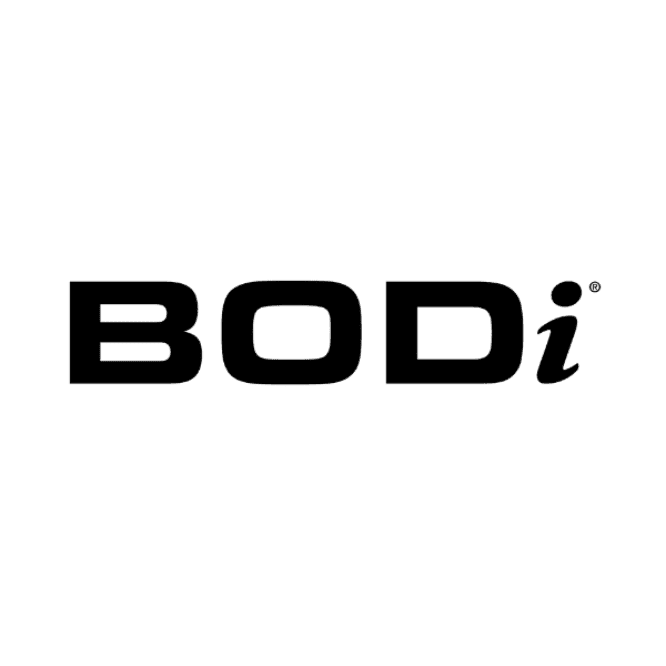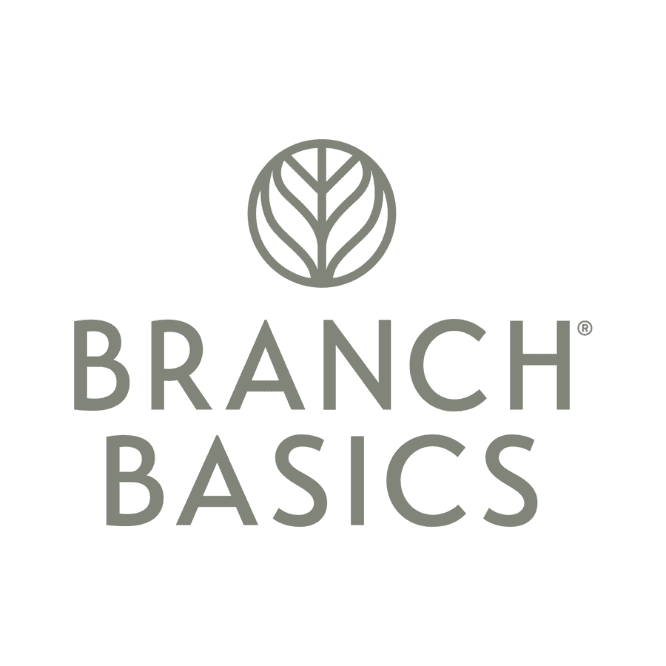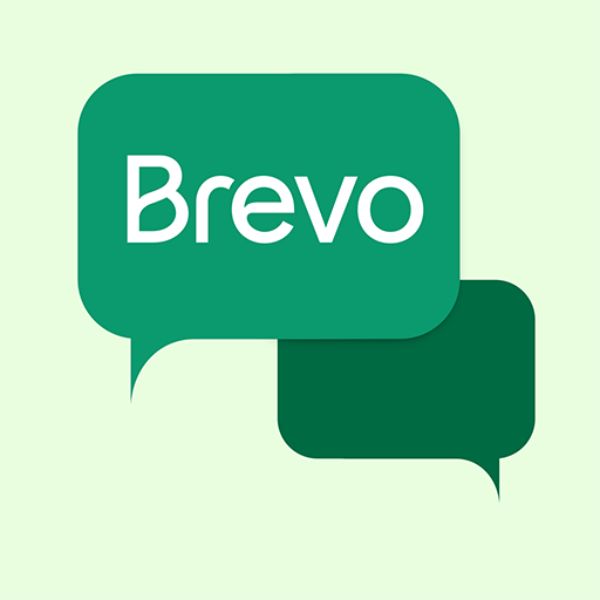About Flipkart 🛍️
Flipkart is an Indian e-commerce company headquartered in Bengaluru and incorporated in Singapore. Founded in October 2007 by Sachin Bansal and Binny Bansal (former Amazon employees), it initially focused on online book sales before expanding rapidly into a massive online marketplace.
Today, Flipkart is one of the largest e-commerce platforms in India and is a major competitor to Amazon India. Its product categories include consumer electronics, fashion, home essentials, groceries, and lifestyle products. It is a subsidiary of the US retail giant Walmart, which acquired a majority stake in 2018. Flipkart’s subsidiaries include Myntra (fashion retailer) and Ekart (logistics/supply chain).
Flipkart Affiliate Program Overview
The Flipkart Affiliate Program allows content creators, website owners, and app developers to earn a commission by driving traffic to the Flipkart website that results in a sale. Affiliates use unique links, banners, or APIs to promote millions of products across various categories.
| Factor | Description |
| Industry | E-commerce / B2C Retail |
| Product Type | Physical products (Electronics, Fashion, Home, Books, etc.) |
| Affiliate Program Type | Cost Per Sale (CPS) / Pay-Per-Sale (PPS) |
Flipkart Affiliate Program Offers
Flipkart provides affiliates with a variety of promotional tools and clear guidelines on traffic and content. Affiliates get access to an extensive range of tools, including banners, widgets, and APIs to list deals and products.
| Factor | Description |
| Promotional Materials | Banners, Widgets, Product Links, Search Tools, and Product Catalog APIs. |
| Affiliate Cookie Duration | Typically 24 hours. This means a customer must purchase within 24 hours of clicking the affiliate link for the affiliate to earn a commission. |
| Accepted Traffic Source | Websites, mobile sites, and mobile apps are the primary accepted platforms. (Restrictions apply to specific types of sites, see below). |
| Accepted Countries | Primarily focused on the Indian market since Flipkart operates as an Indian e-commerce company. |
| Explicit Content | Not accepted/Prohibited. Sites promoting sexually explicit materials are unsuitable for the program. |
| Religious or Political Content | Not explicitly mentioned as prohibited in general, but the policy rejects sites that “promote discrimination based on race, sex, religion, nationality, disability, sexual orientation, or age.” |
Flipkart Affiliate Commissions & Payments
Commissions are paid out based on completed orders that are not cancelled or returned within the 30-day return policy. The commission structure is tiered and varies significantly by product category.
| Factor | Description |
| MLM (Multi-Level Marketing) | Prohibited. The program rejects sites/links in the nature of multi-level marketing arrangements. |
| Commission Rate | Category-Specific, generally ranging from 0% up to 12% or more. Rates are often very low (0-3%) for categories like mobile phones and large appliances, and higher (around 8-12%) for items like books and some fashion accessories. |
| Commission Structure | Percentage of Sale (Tiered). The commission rate depends entirely on the product category sold. Some low-margin products may offer $0$ or low capped commissions. |
| Payout Frequency | Monthly, after a validation period (typically 30-60 days) to account for returns and cancellations. |
| Payout Methods | Electronic Fund Transfer (EFT) to a Bank Account or Flipkart eGift Voucher. |
| Minimum Payout | ₹5,000 for Electronic Fund Transfer (EFT) and ₹2,500 for Flipkart eGift Vouchers. |
Suitable Affiliates for Flipkart Affiliate
The Flipkart Affiliate Program is best suited for content creators and publishers who have a substantial audience interested in purchasing a wide range of products within India. High traffic volume is often necessary to meet the relatively high payout threshold.
| Affiliate Type | Suitability & Strategy |
| Bloggers | High. Especially those in niches like product reviews, tech comparisons, fashion, and deals/coupons. They can integrate links directly into product-focused articles. |
| YouTubers | High. Ideal for unboxing, reviews, and “best of” roundups (e.g., best gadgets under ₹10,000). Links are placed in video descriptions. |
| Influencers (KOC/KOL) | High. Especially those focused on fashion, beauty, electronics, or home goods on platforms like Instagram and YouTube, as their recommendations drive direct purchases. |
| TikTokers | Moderate. The platform’s short-form nature may not be ideal for deep product reviews, but it’s effective for fast-moving fashion/accessory promotions and quick deals, driving traffic to an external link. |
| Livestreamers | Moderate to High. Good for live product demonstrations or flash sales, allowing for immediate purchase with a live affiliate link. |
| Video Editors | Low. Unless they run their own channel, a video editor’s role is backend. They must also be a content creator to effectively monetize through the program. |
Flipkart Affiliate Software
Flipkart does not use a third-party affiliate management software or network like ShareASale or CJ Affiliate.
They utilize in-house affiliate management software and tools, which is typical for major e-commerce platforms like Amazon. This internal system allows them to provide affiliates with dedicated tools like:
- Customizable Banners and Widgets.
- APIs (Application Programming Interfaces) for developers to integrate the entire product catalog directly into their websites or apps.
- Real-time reporting dashboards for tracking traffic, conversions, and earnings.
3 Alternatives for Flipkart Affiliate Program
Three strong alternatives for Indian e-commerce affiliates are Amazon Associates (India), Myntra Affiliate Program, and a major affiliate network like Cuelinks (which hosts many Indian e-commerce brands).
| Comparison Factor | Flipkart Affiliate | Amazon Associates (India) | Myntra Affiliate (via Network) | Cuelinks (Network/Aggregator) |
| Focus/Industry | General E-commerce | General E-commerce | Fashion & Lifestyle | Aggregator (Multi-Niche) |
| Average Bill | High (Covers electronics/appliances) | High (Covers electronics/appliances) | Medium (Clothing, accessories) | Varies by merchant |
| Entry Fees | ₹0 (Free) | ₹0 (Free) | ₹0 (Free) | ₹0 (Free) |
| Withdrawal Threshold | ₹5,000 (EFT) / ₹2,500 (Voucher) | ₹1,000 (EFT) / ₹500 (Gift Card) | Varies by network (often lower) | ₹500 (Payout threshold) |
| Payment Frequency | Monthly (after 30-60 day validation) | Monthly (approx. 60-day delay) | Varies by network | Monthly |
| Commission | Up to 12% (Category-based) | Up to 10% (Category-based) | Up to 7.5% (Fashion) | Varies by merchant (up to 50%+) |
| Conversion | High (Strong brand presence in India) | High (Globally recognized, trusted) | High (Focused fashion authority) | Varies by merchant |
| Marketing Materials | Banners, Widgets, APIs | Banners, Text Links, SiteStripe, APIs | Banners, Links (via network) | Auto-linking, Links, Widgets |










